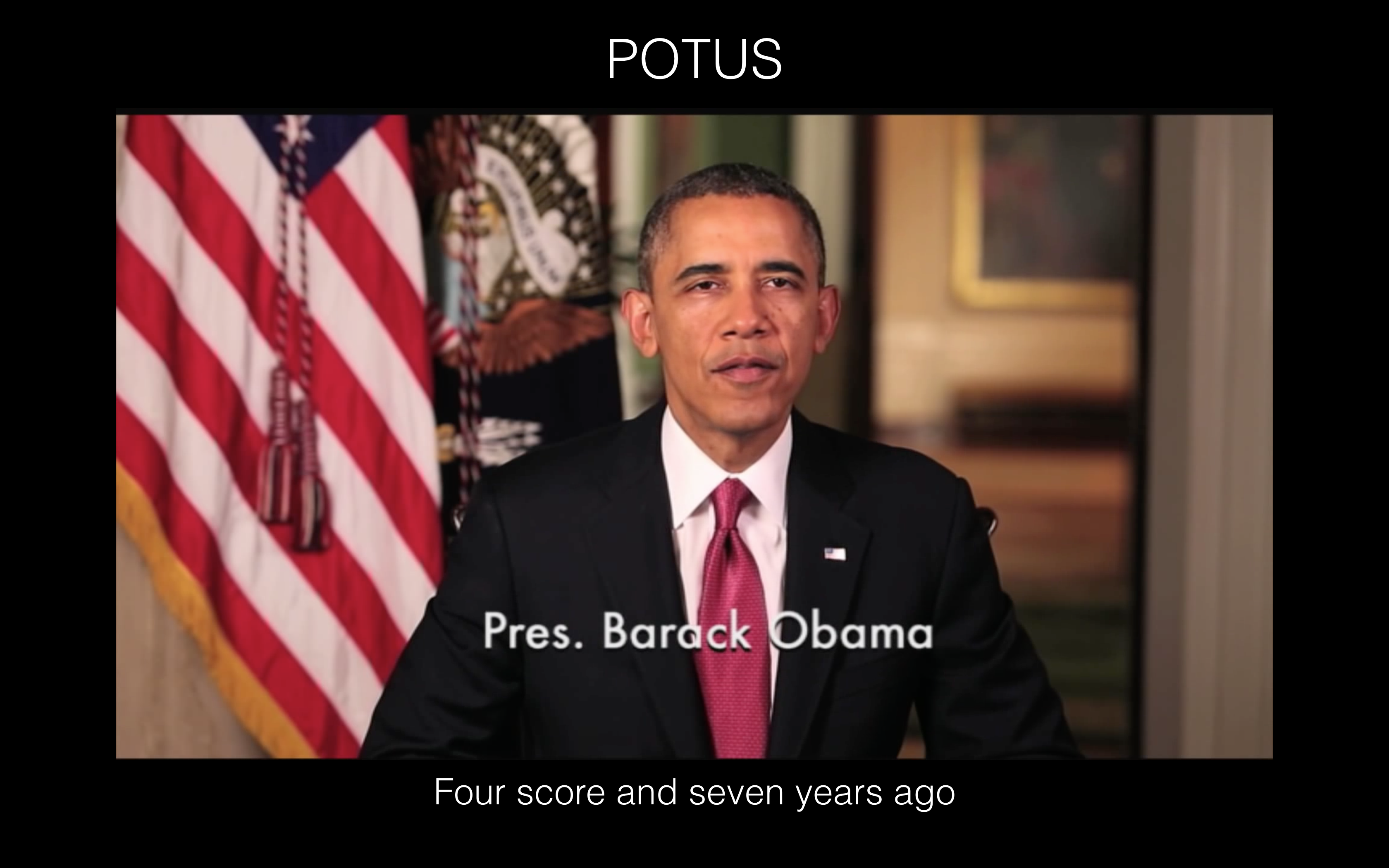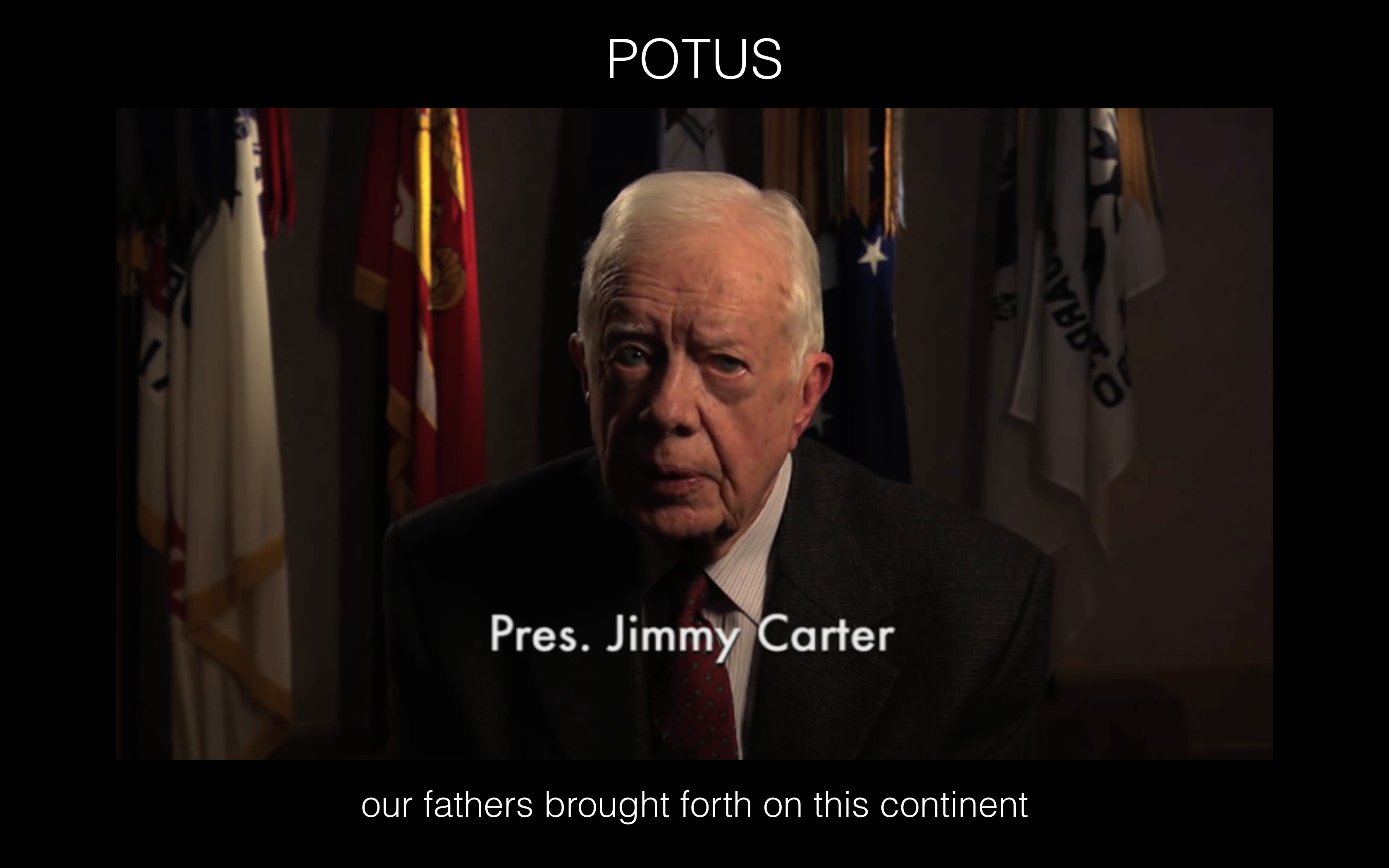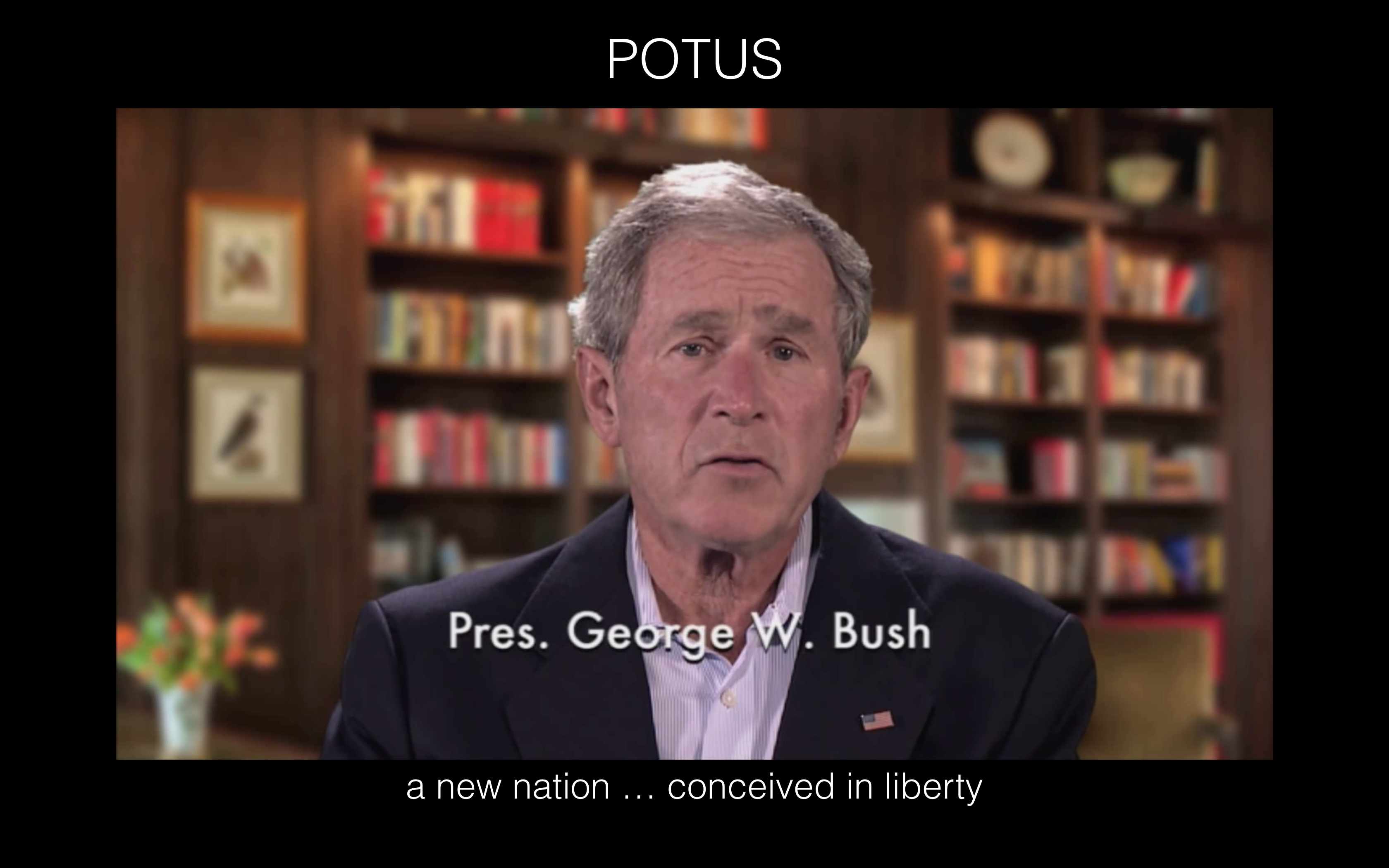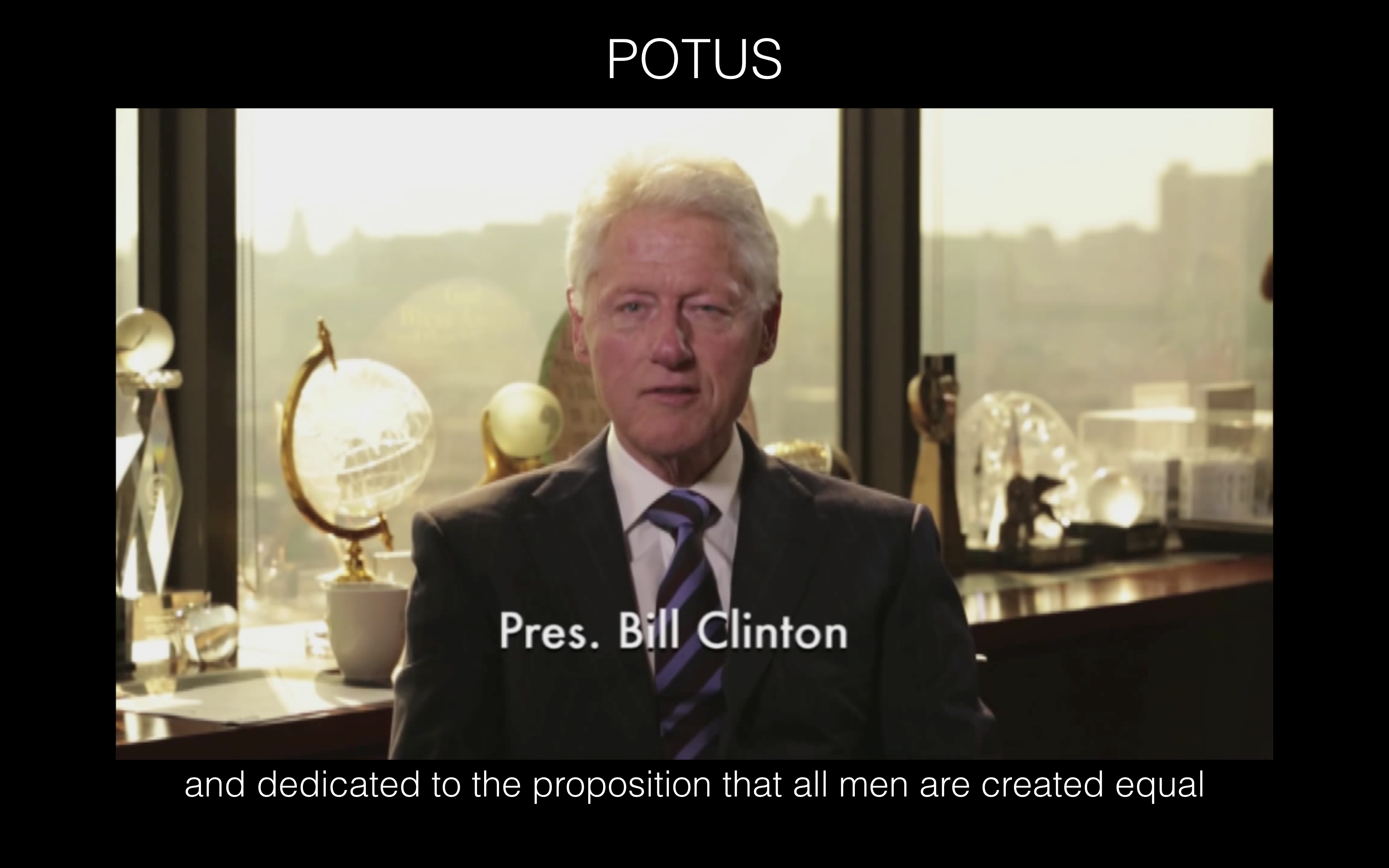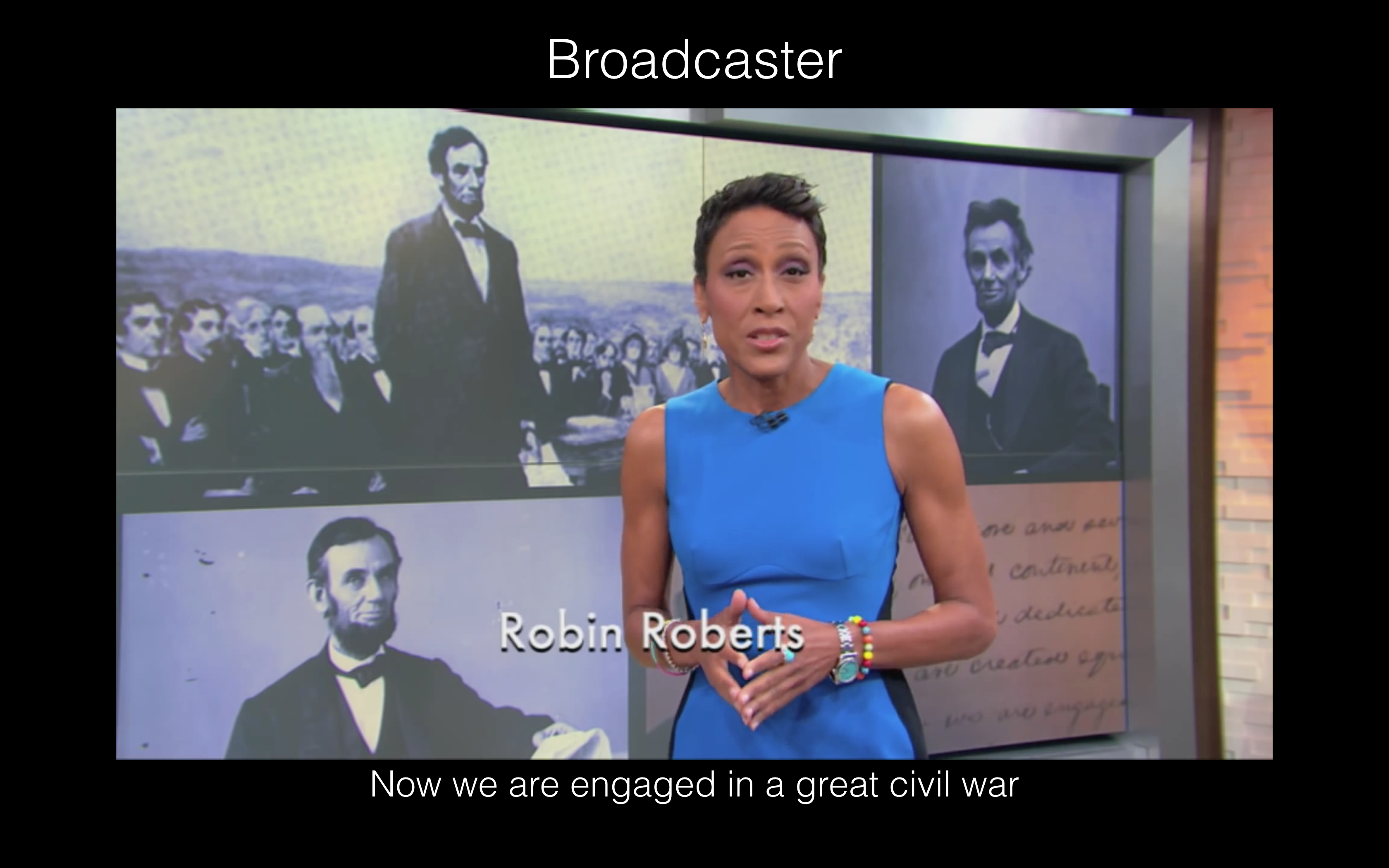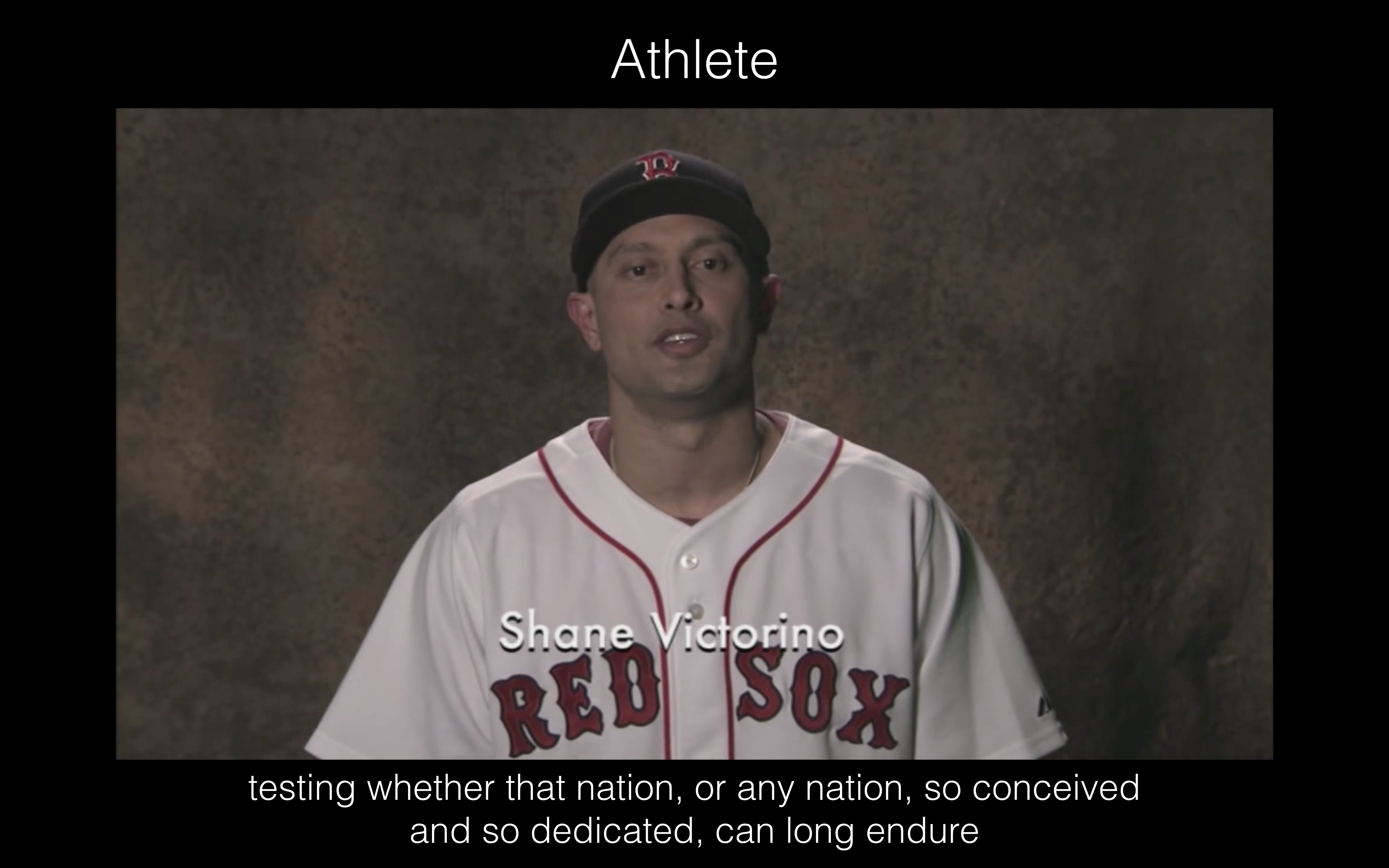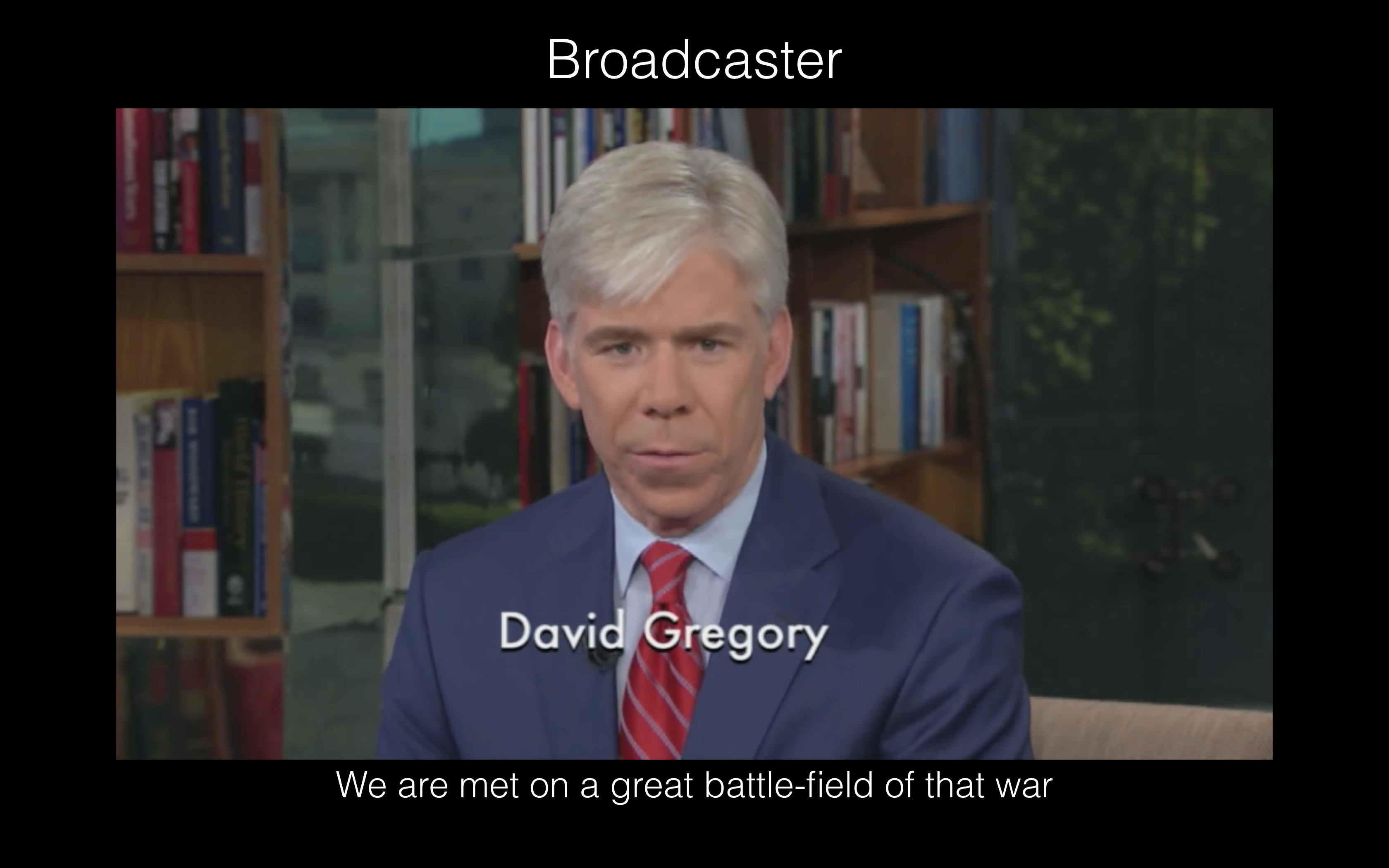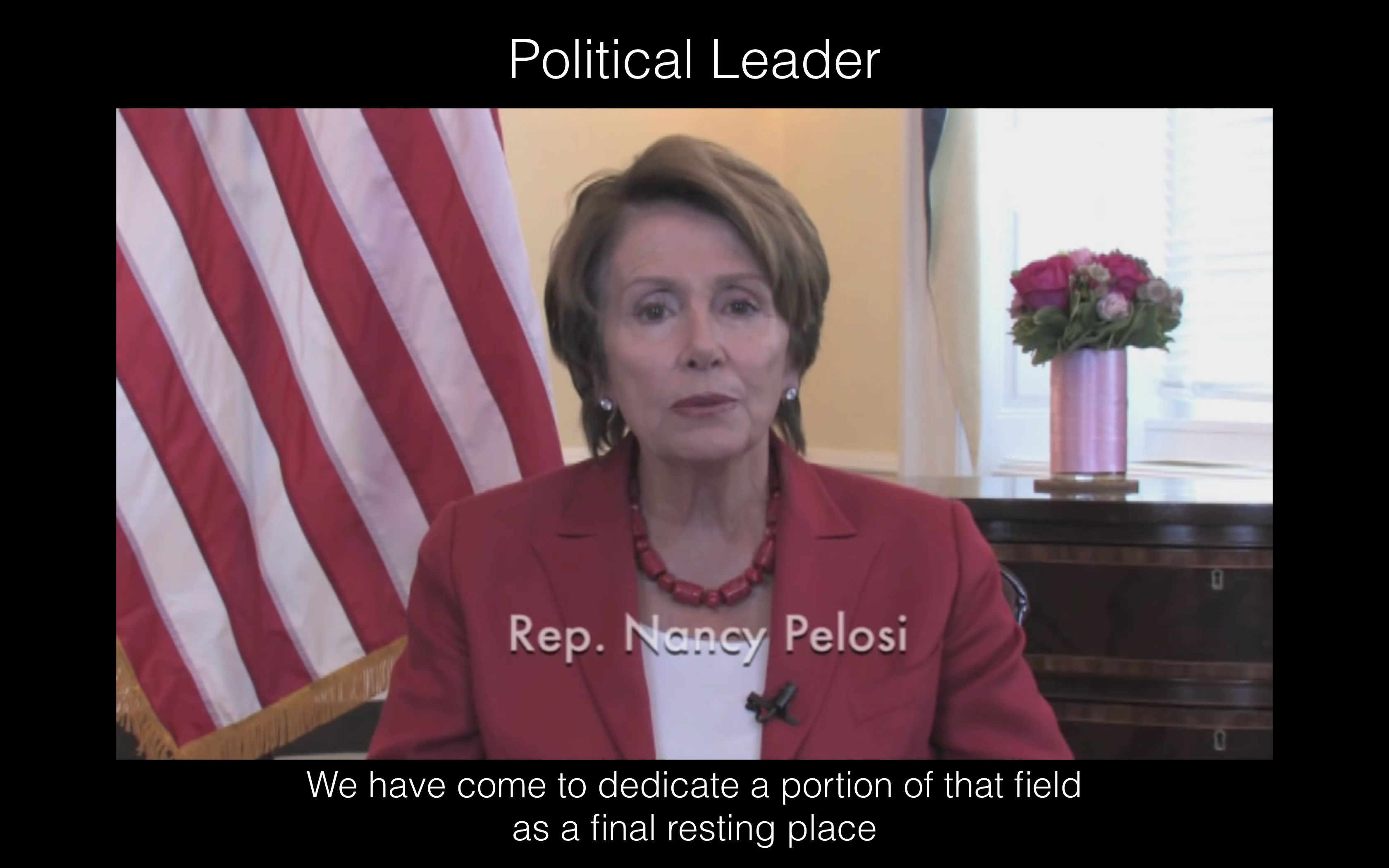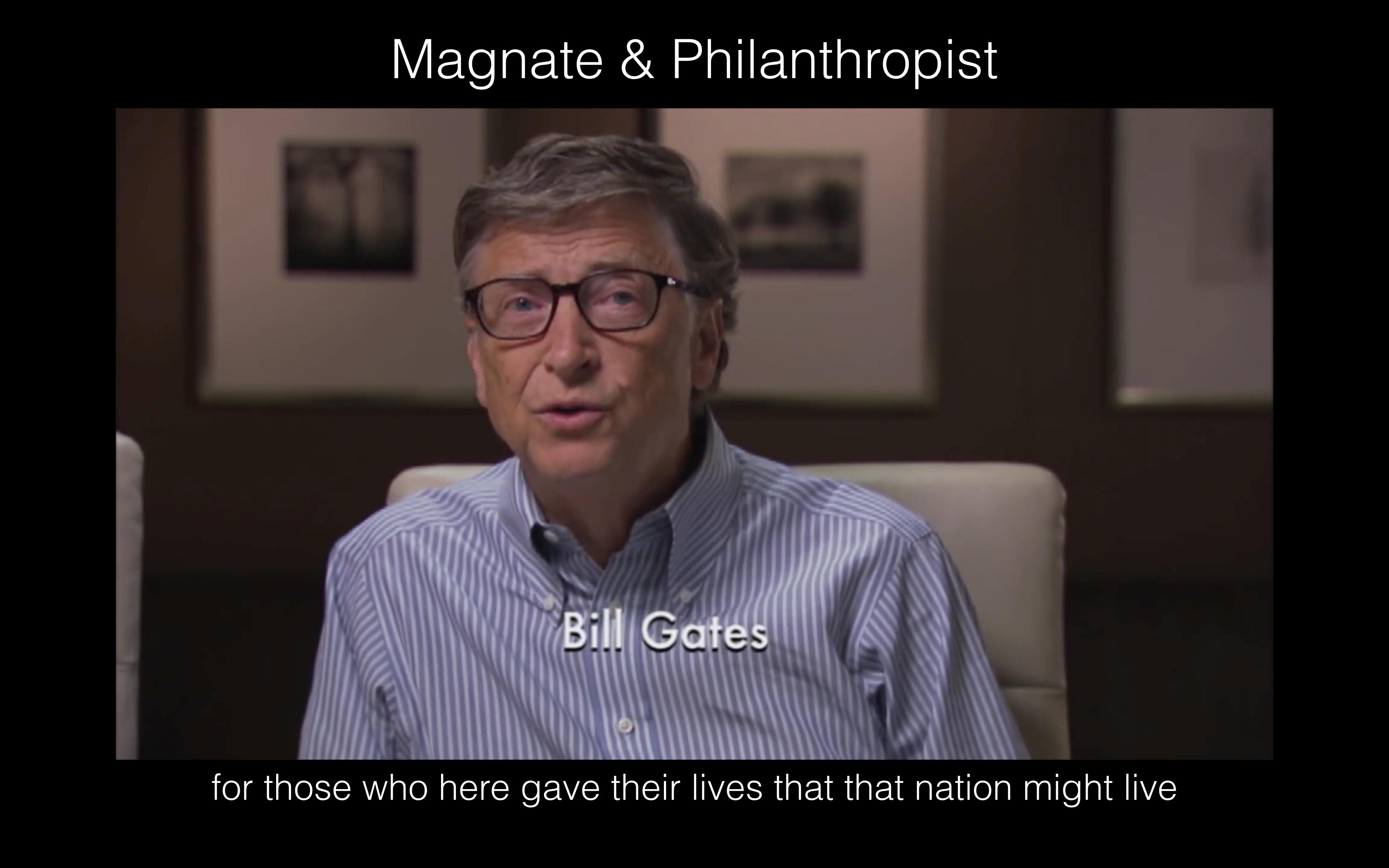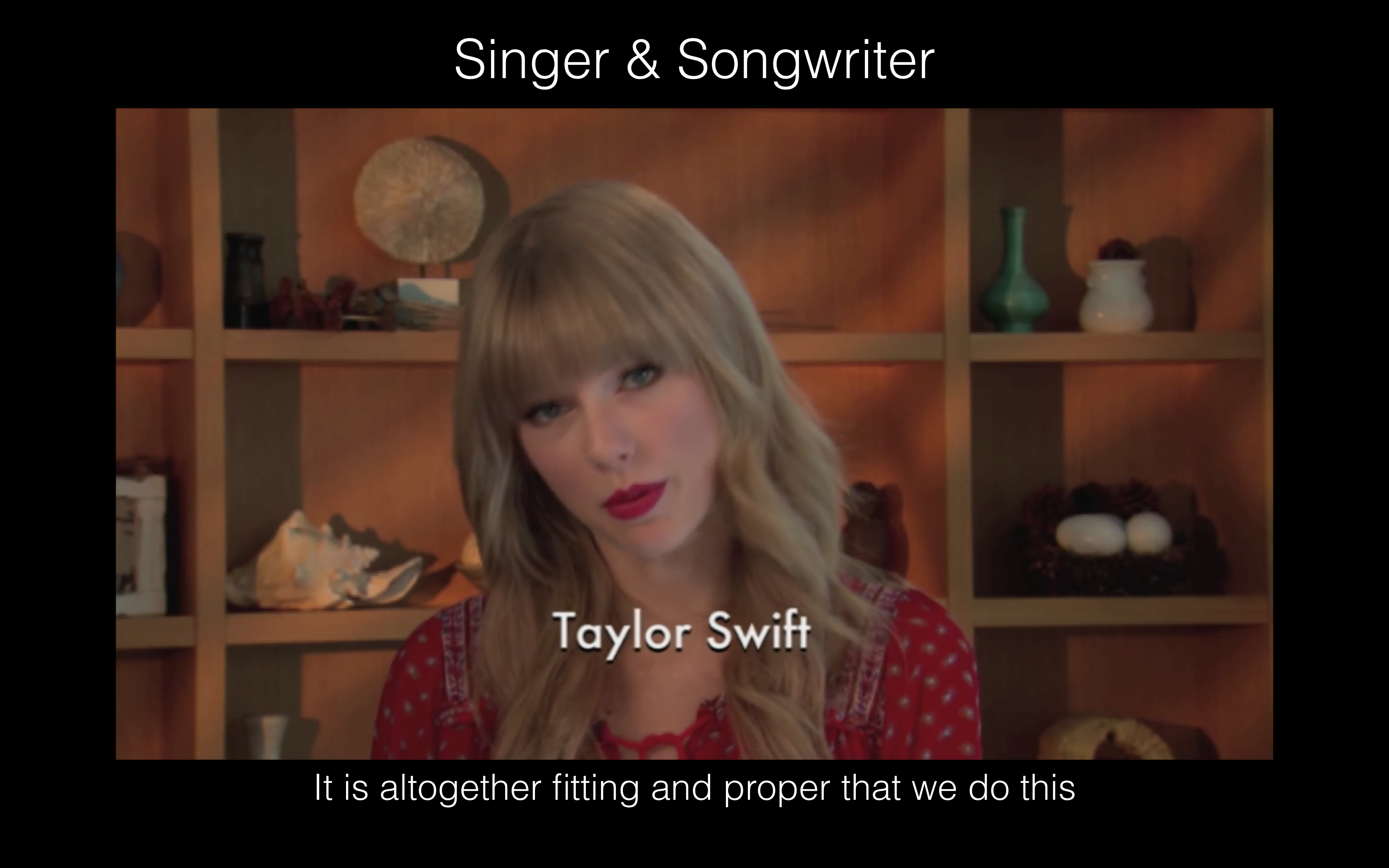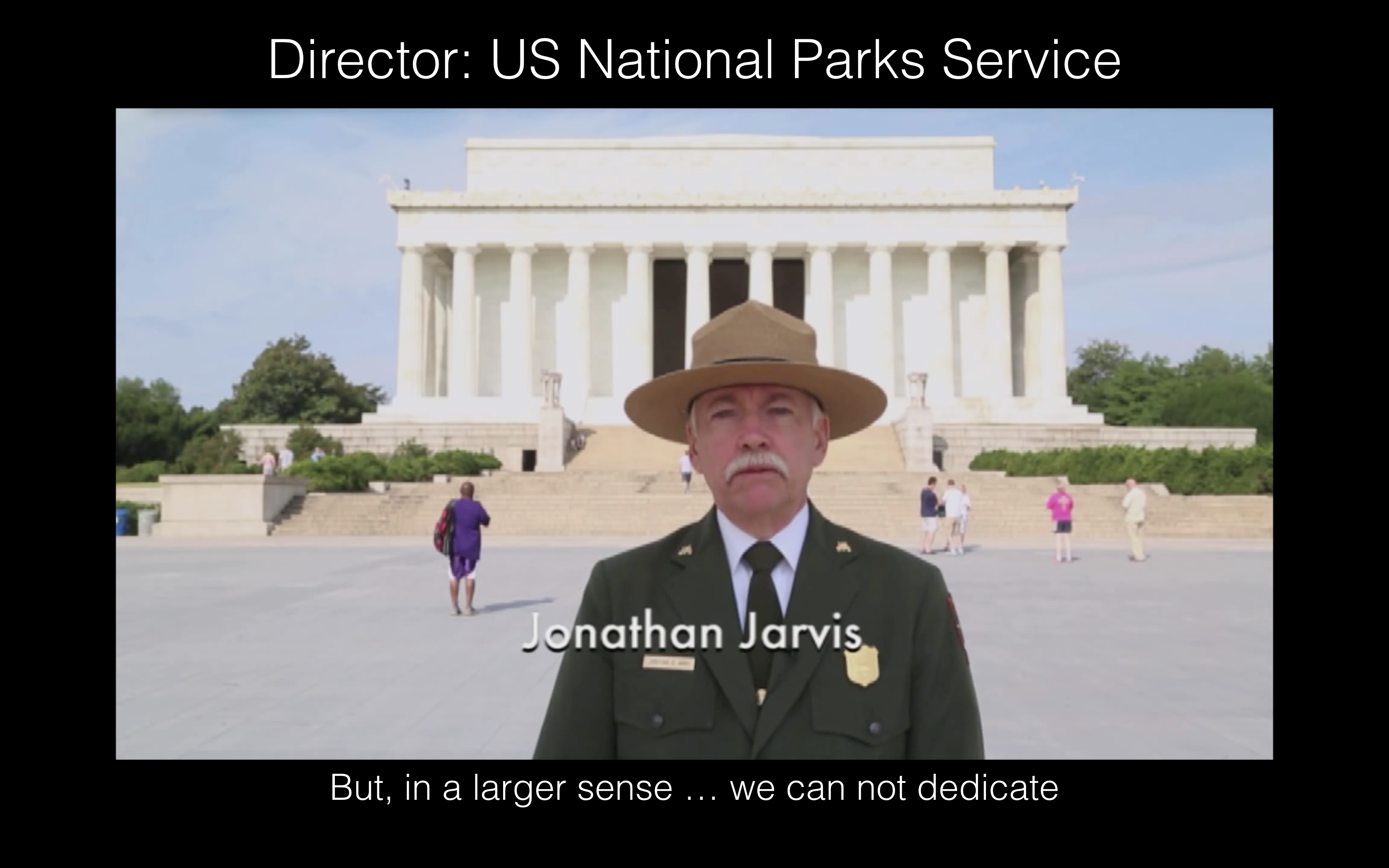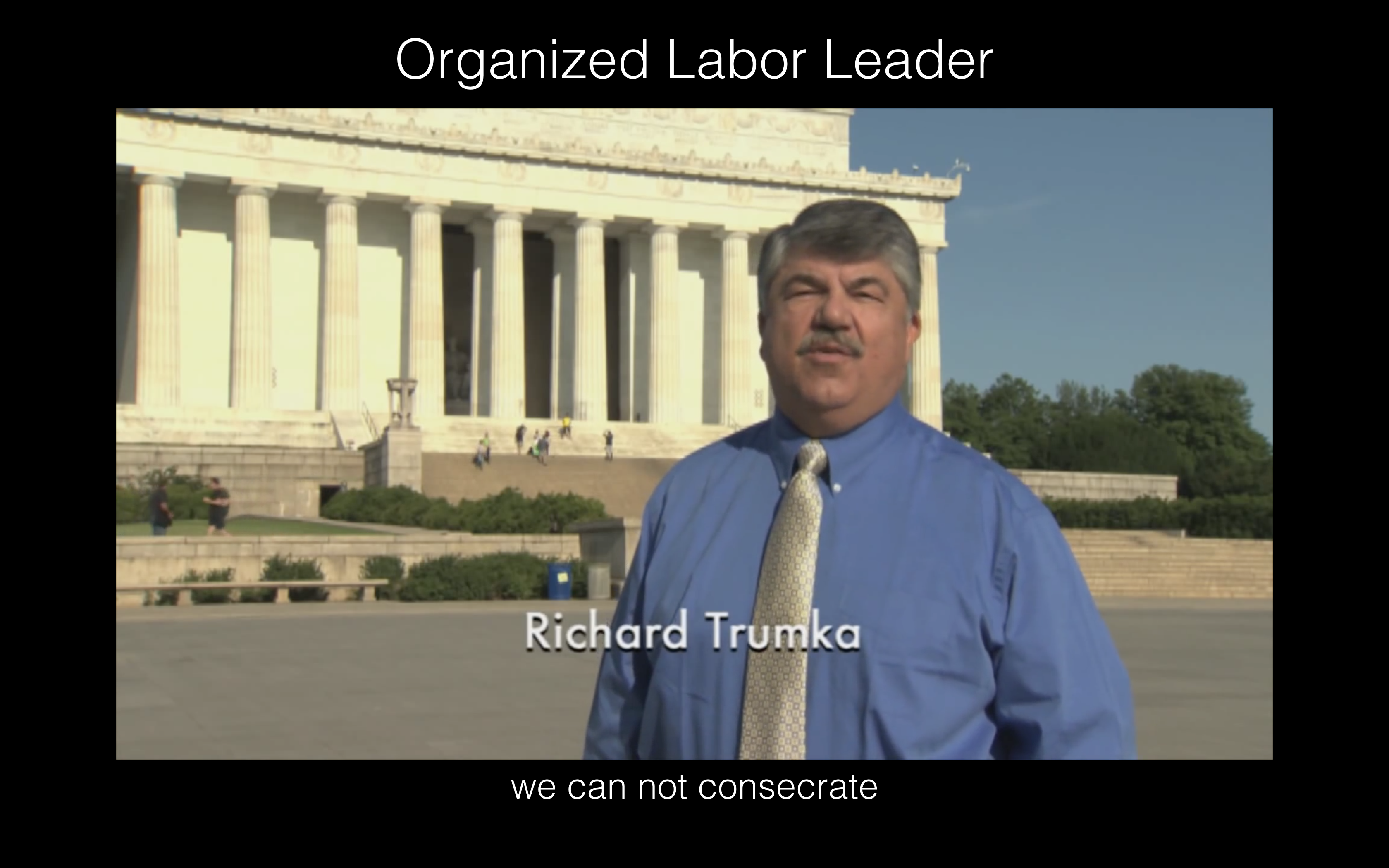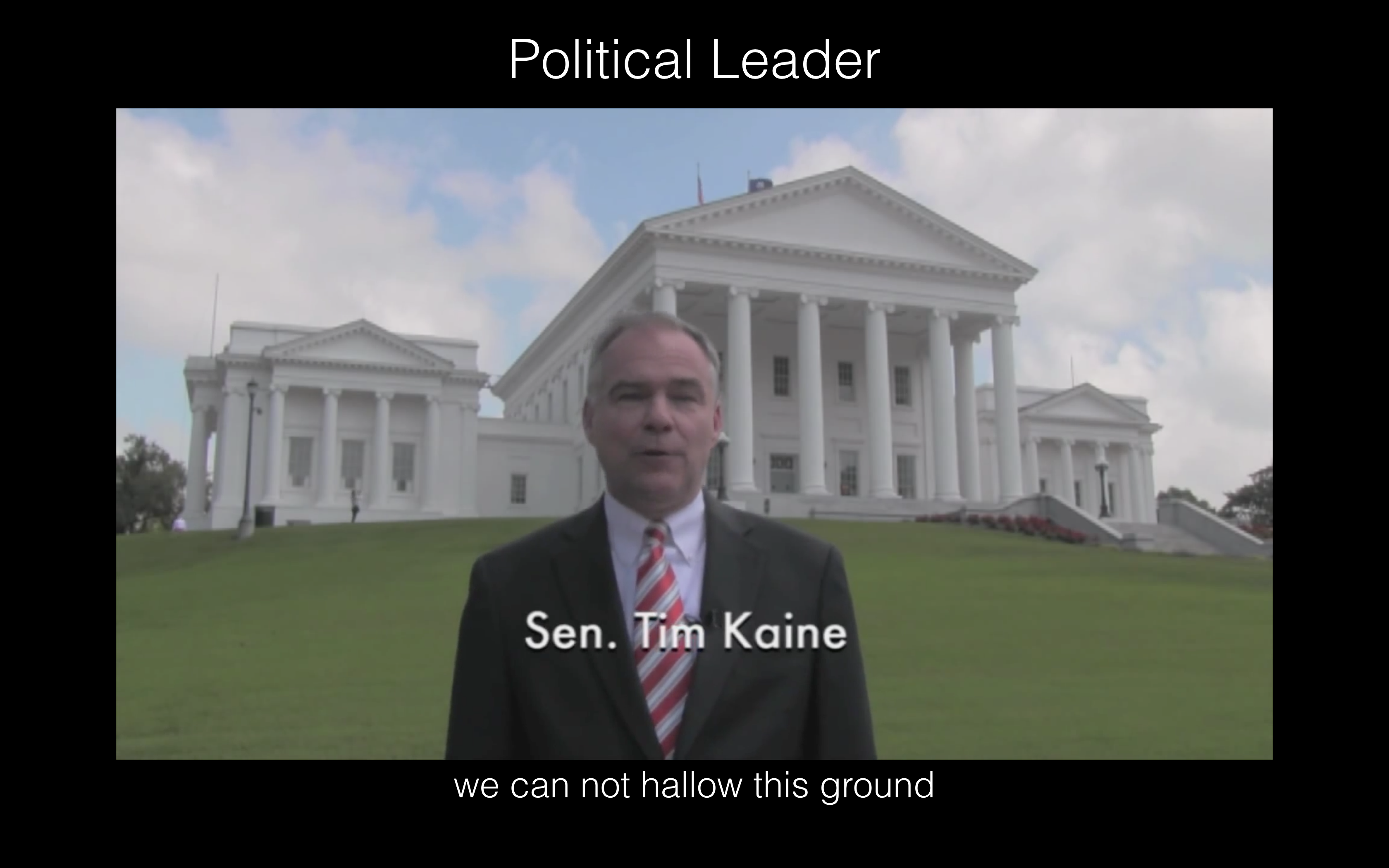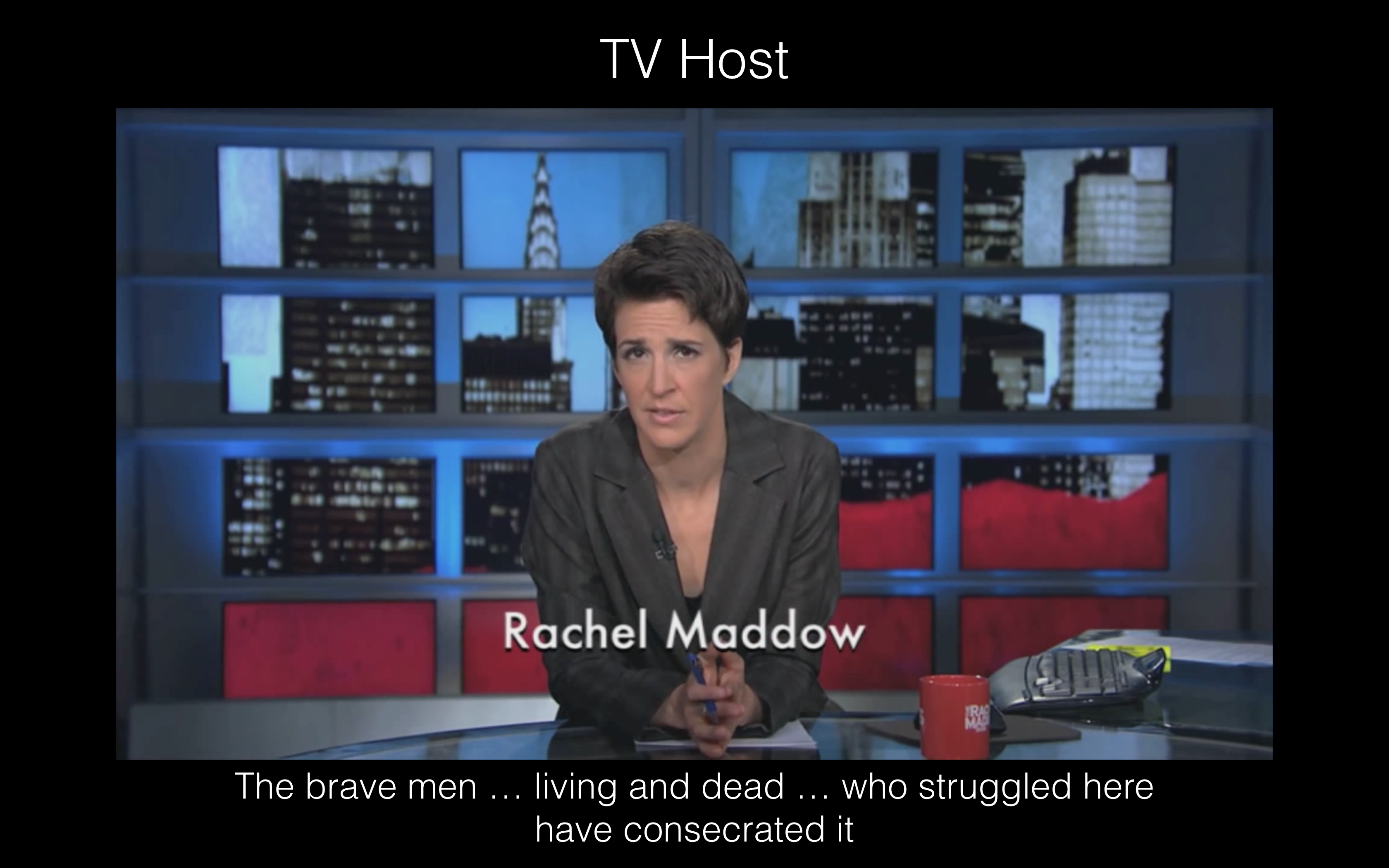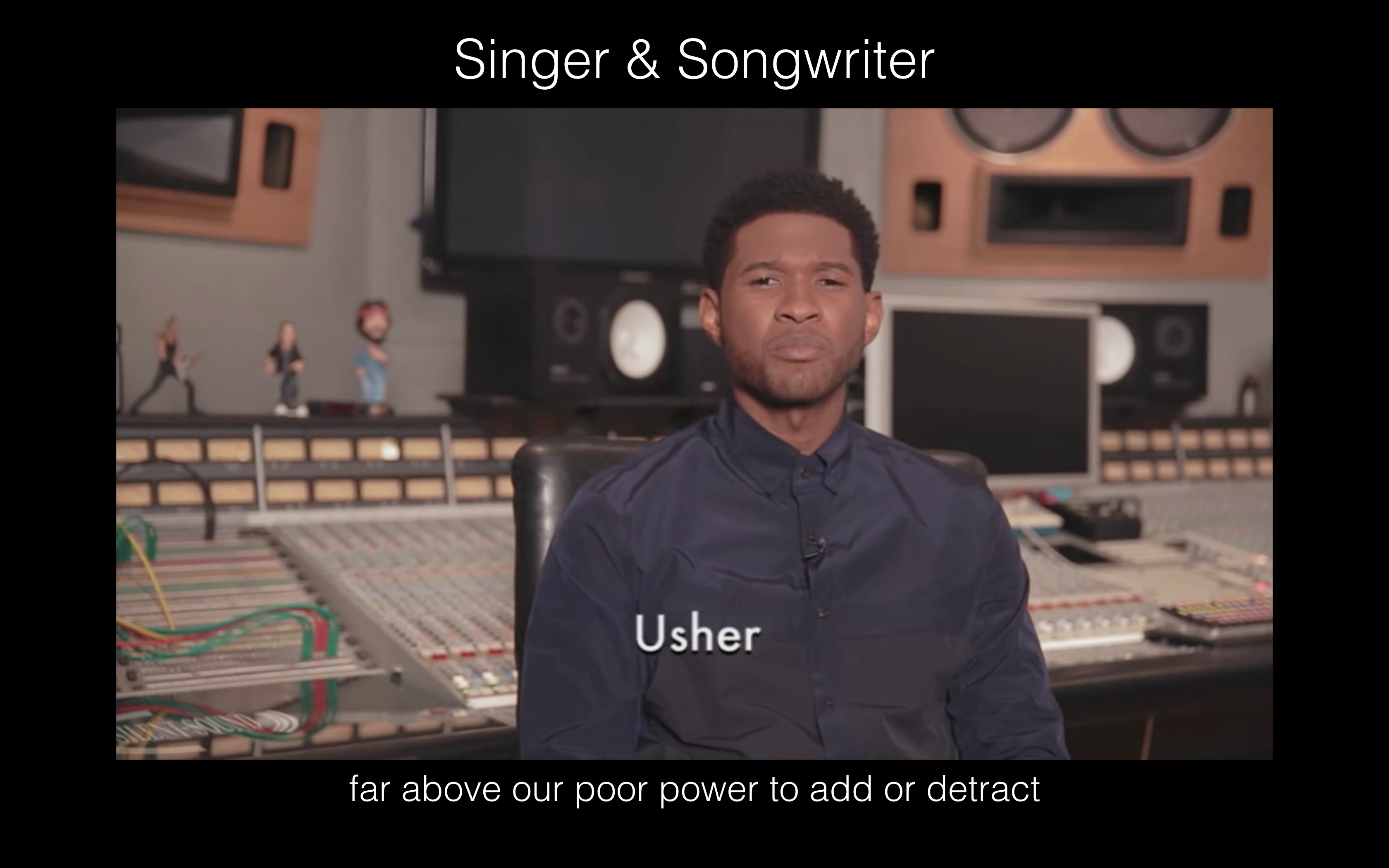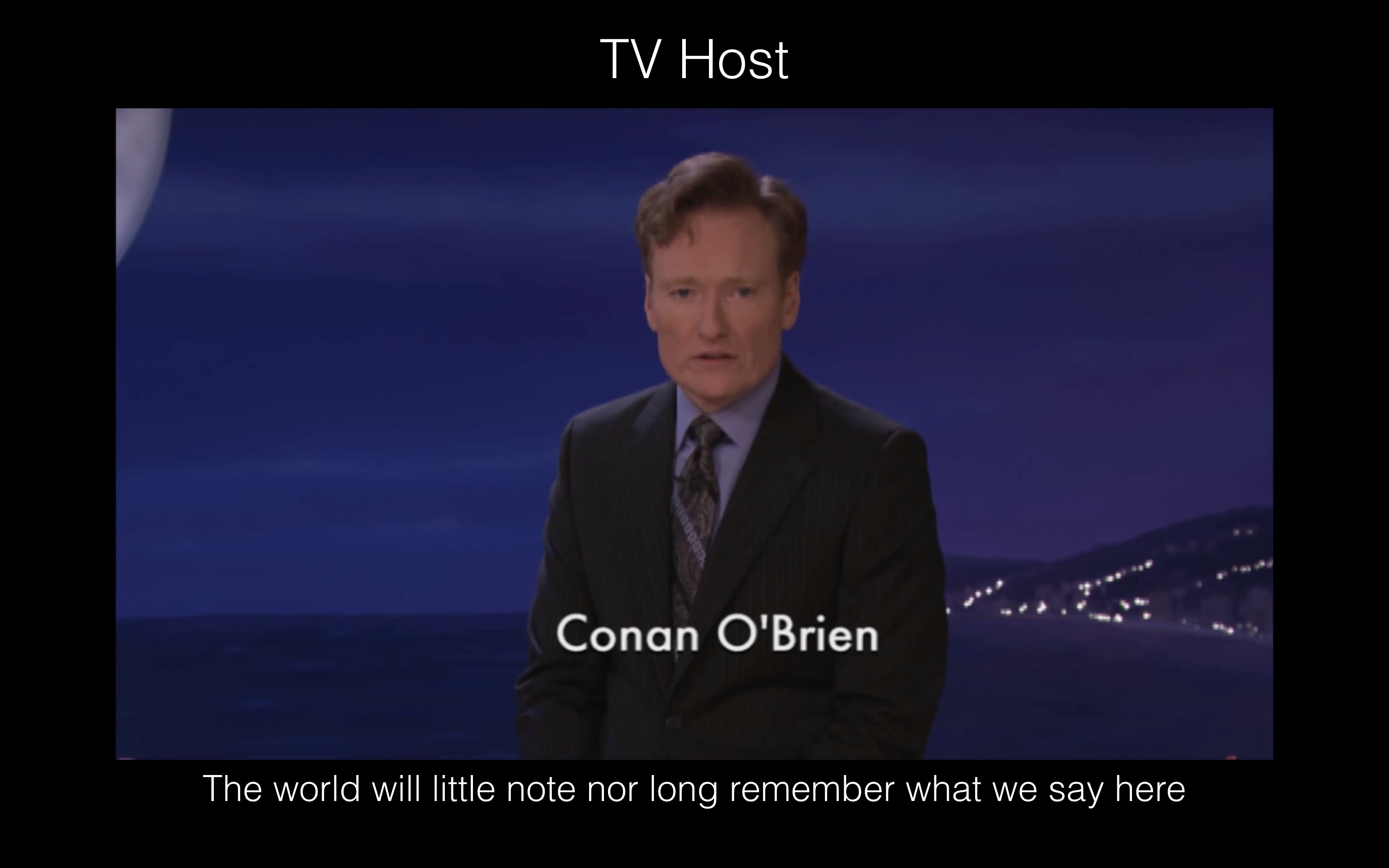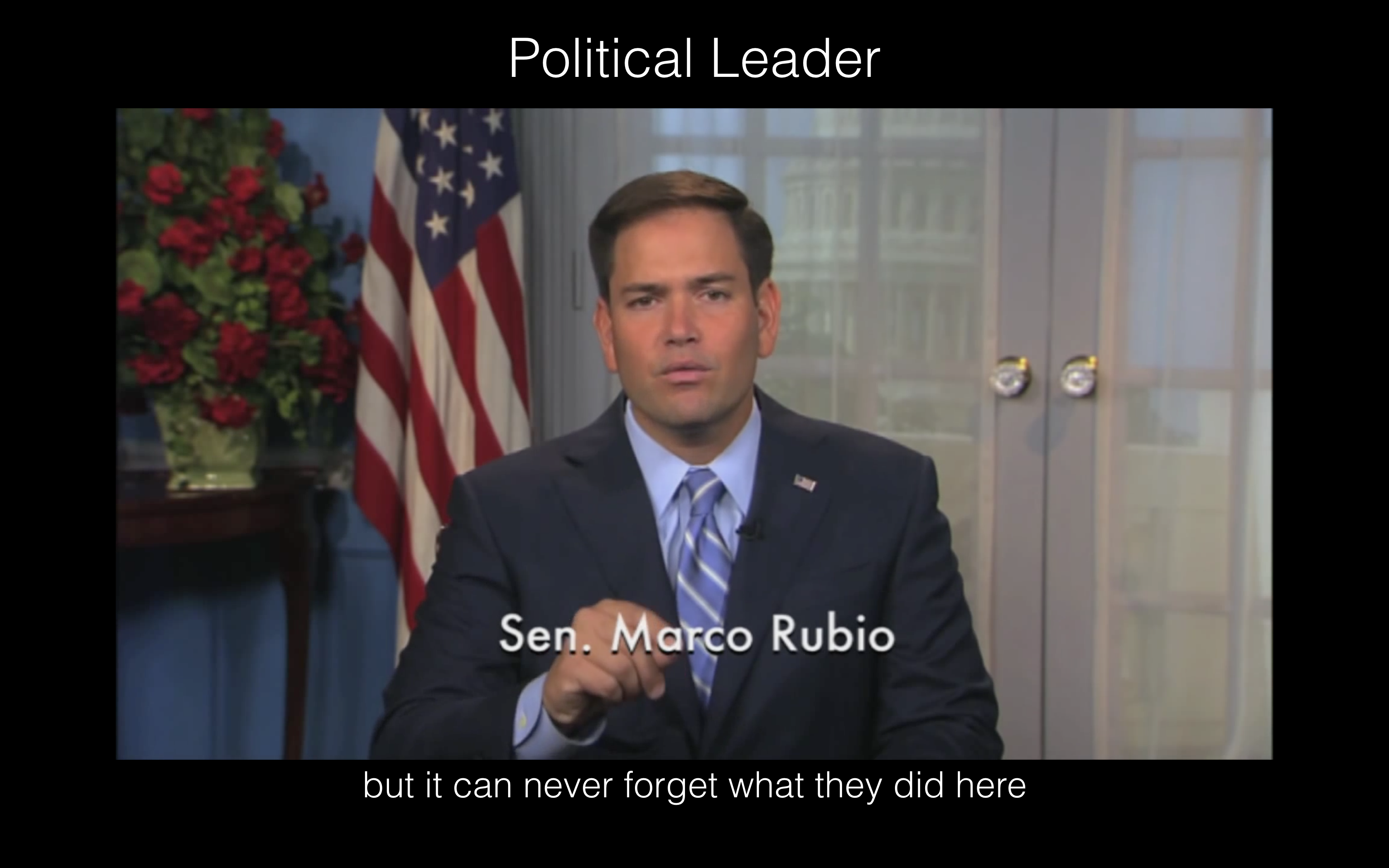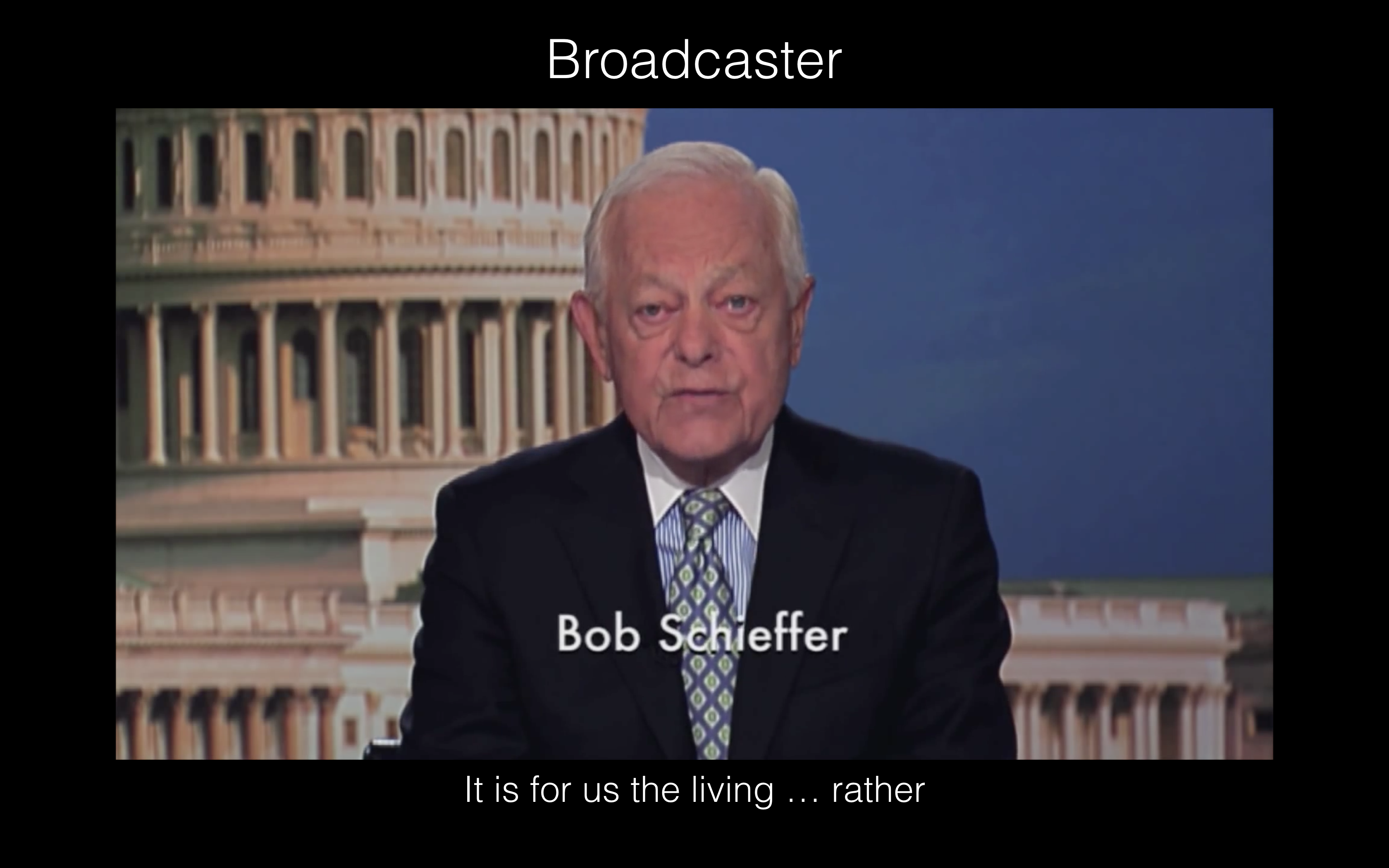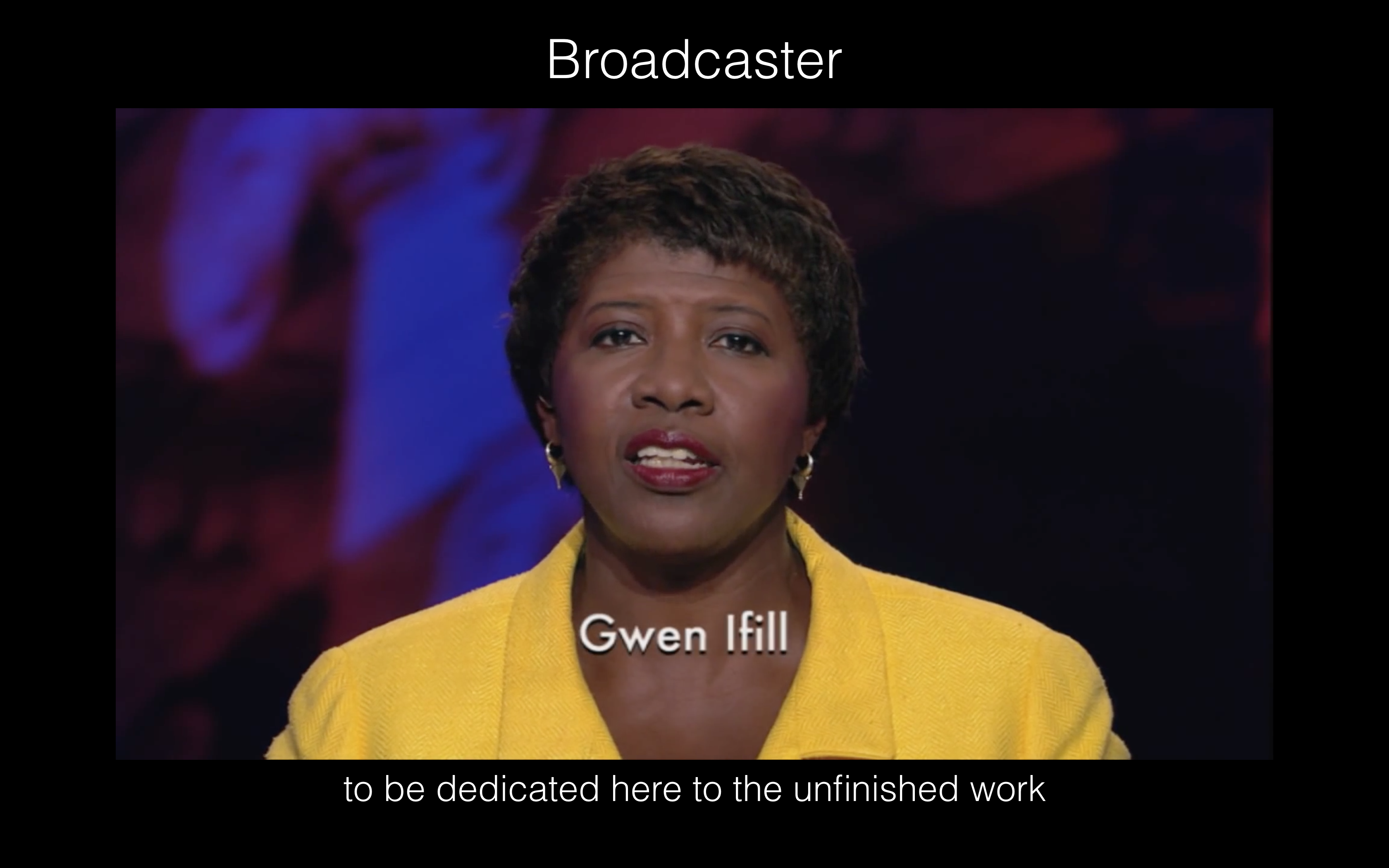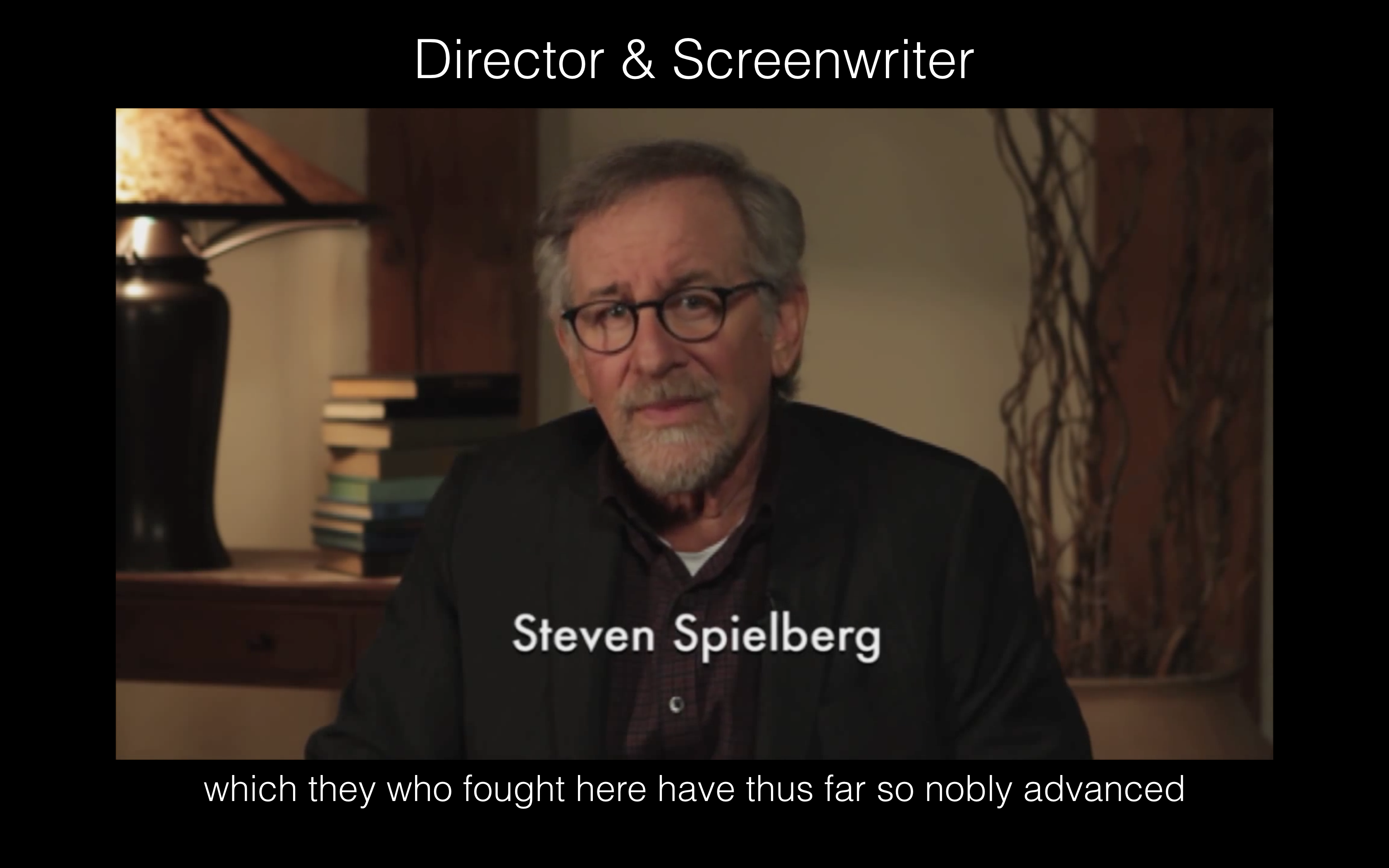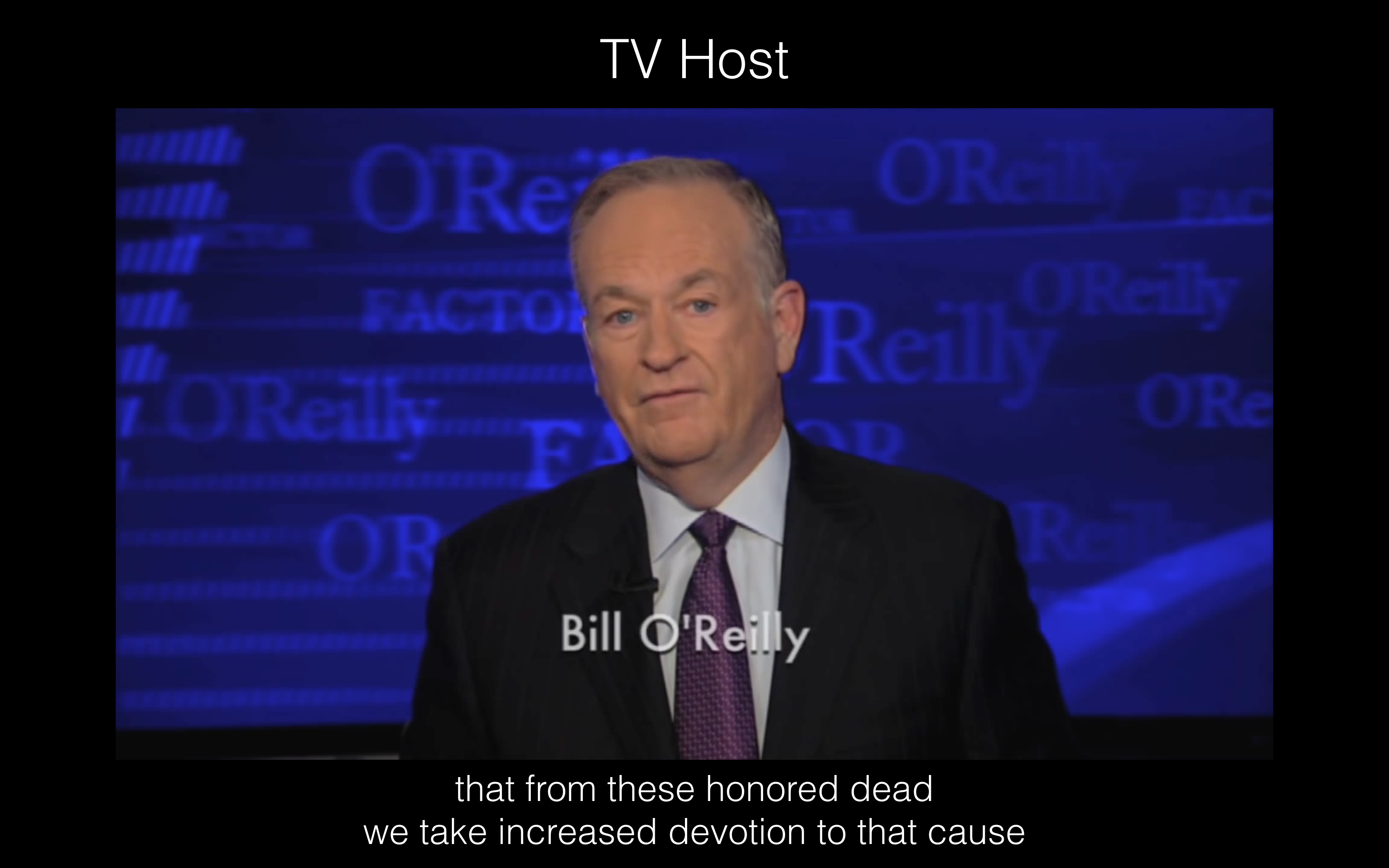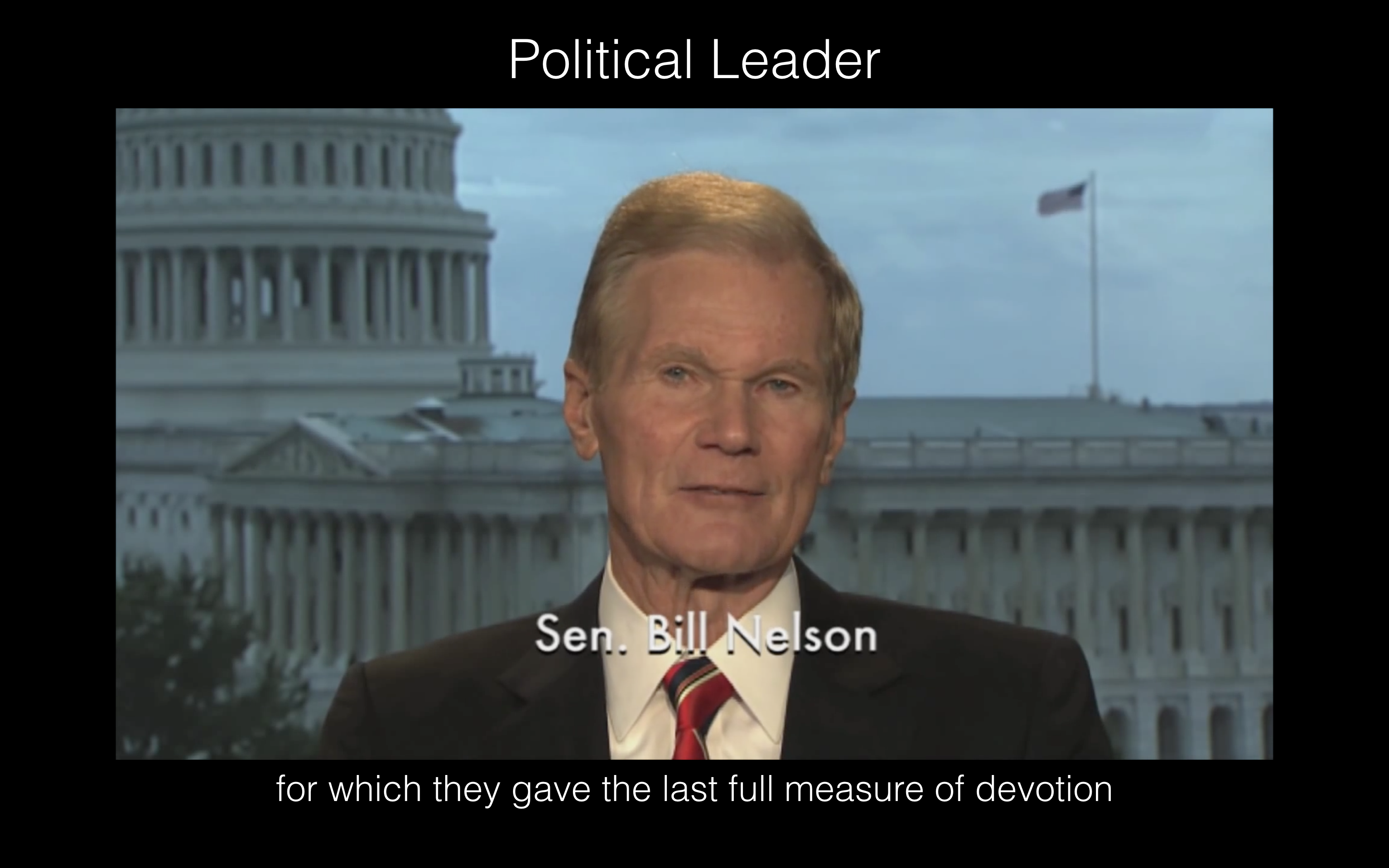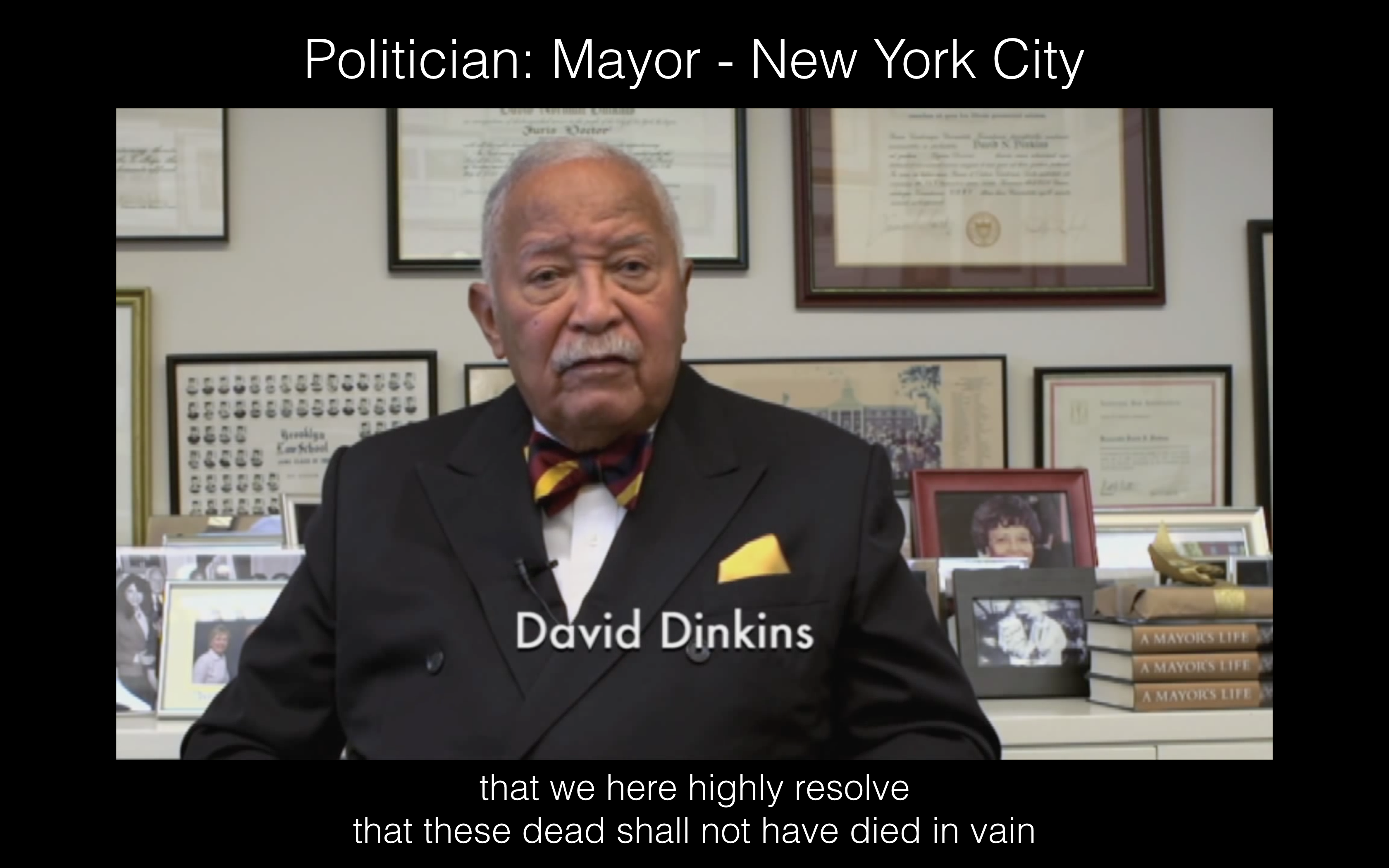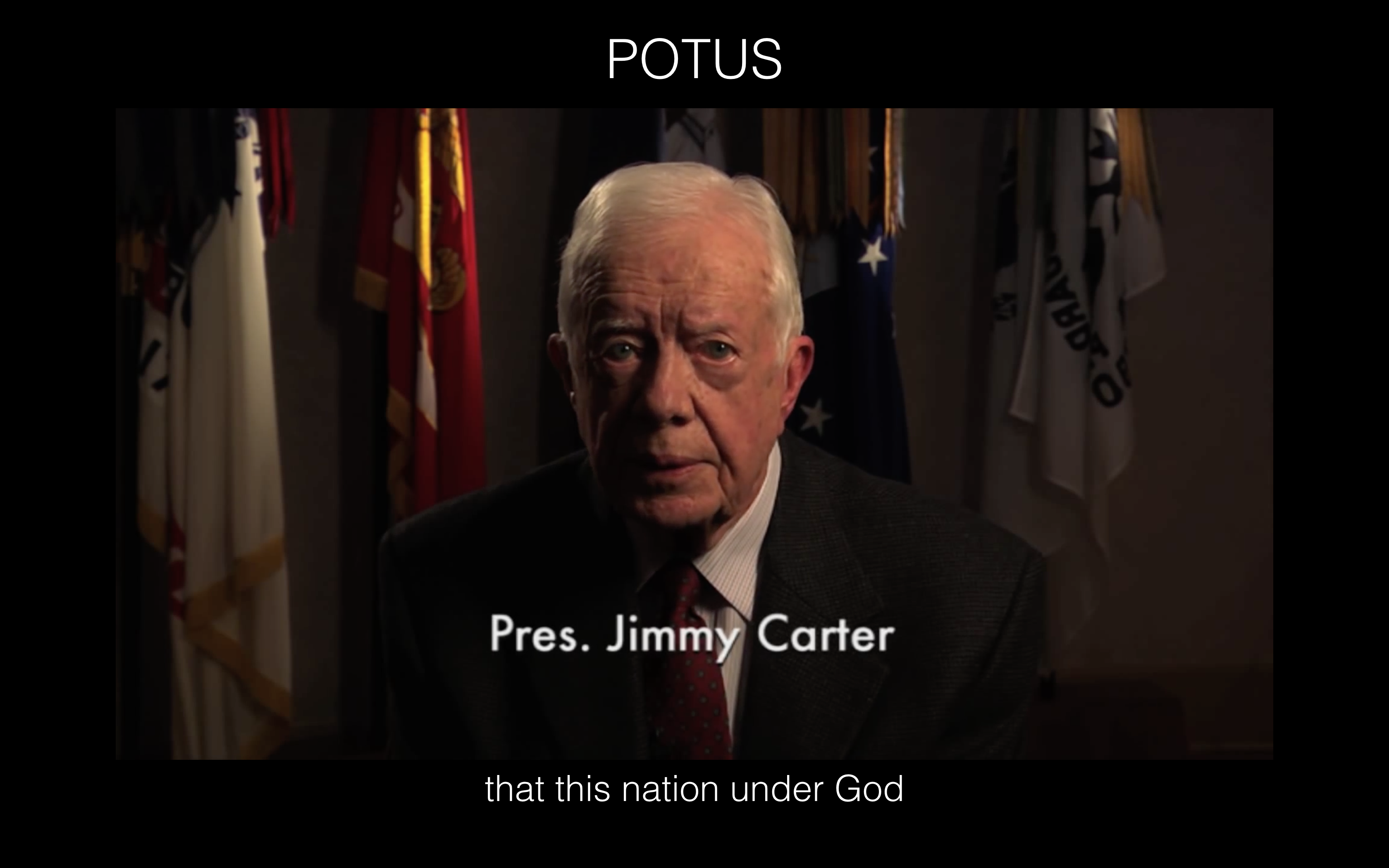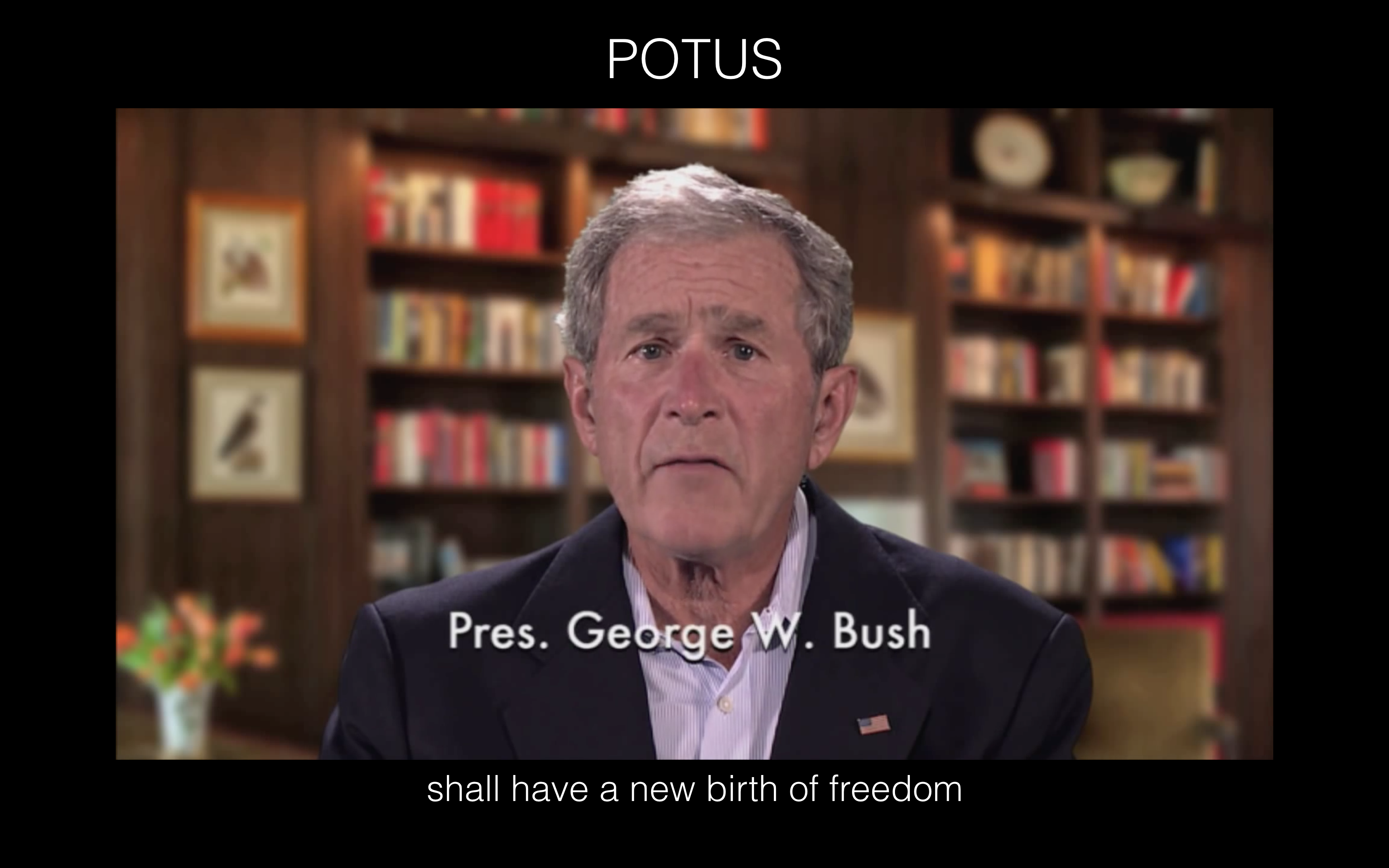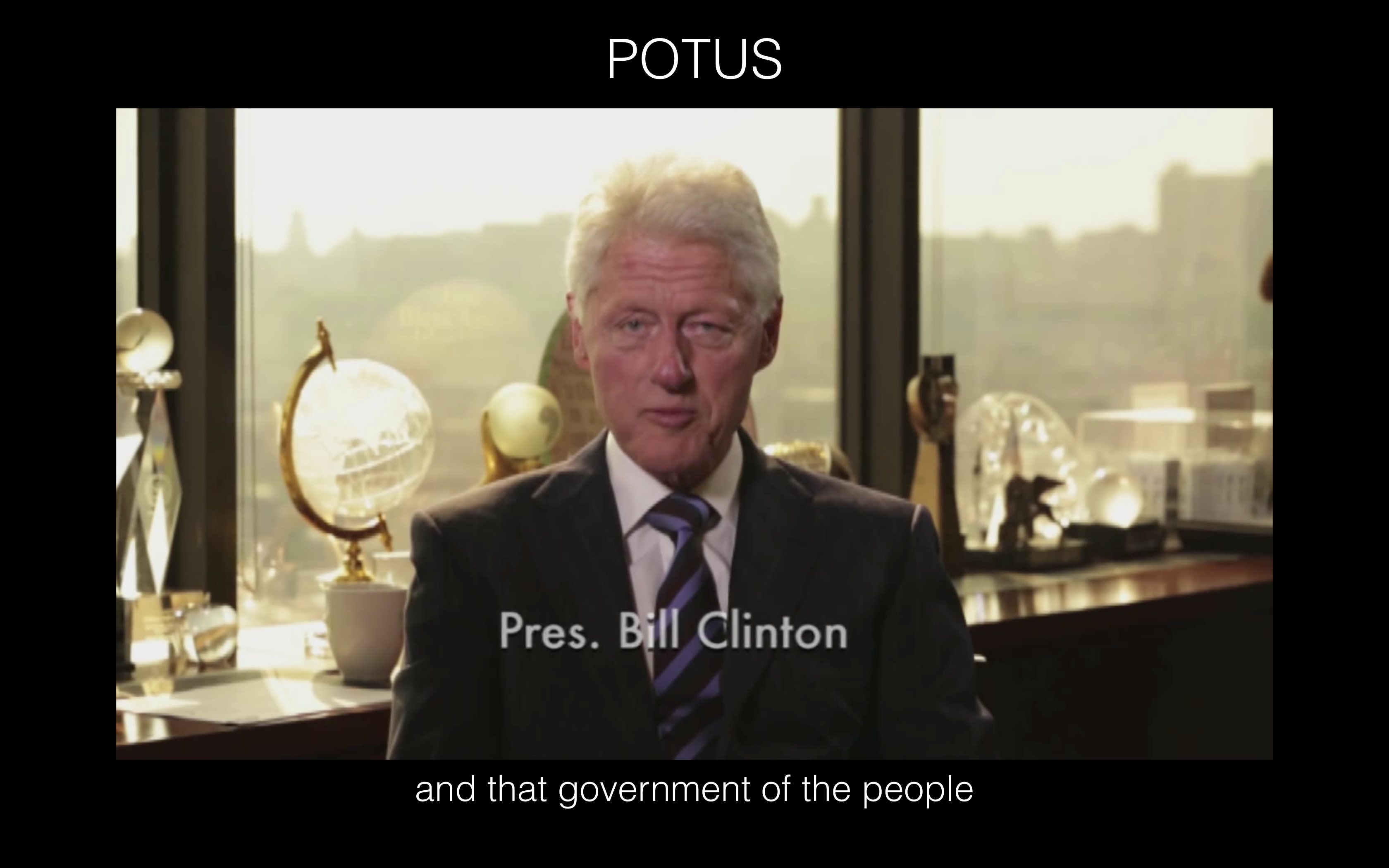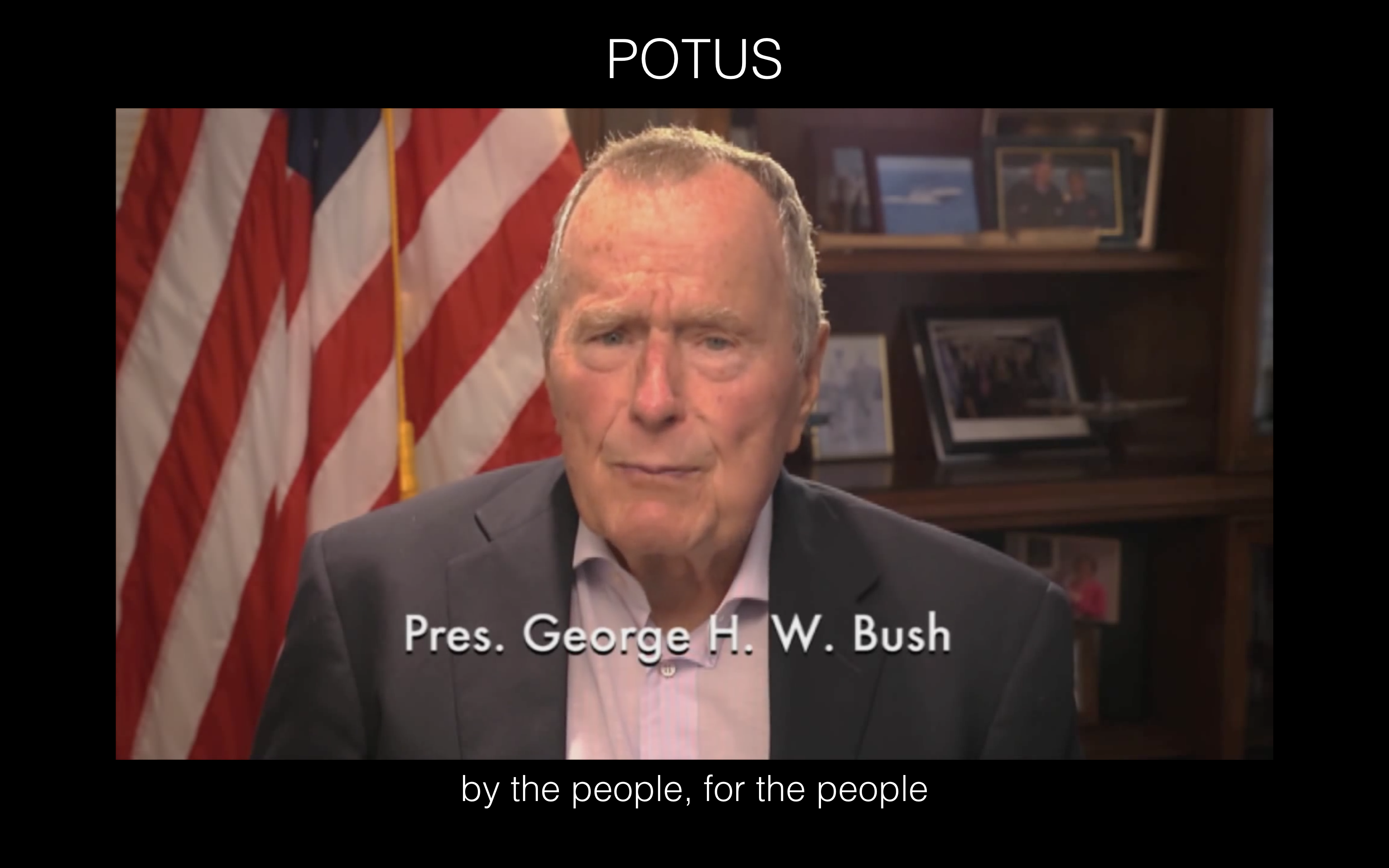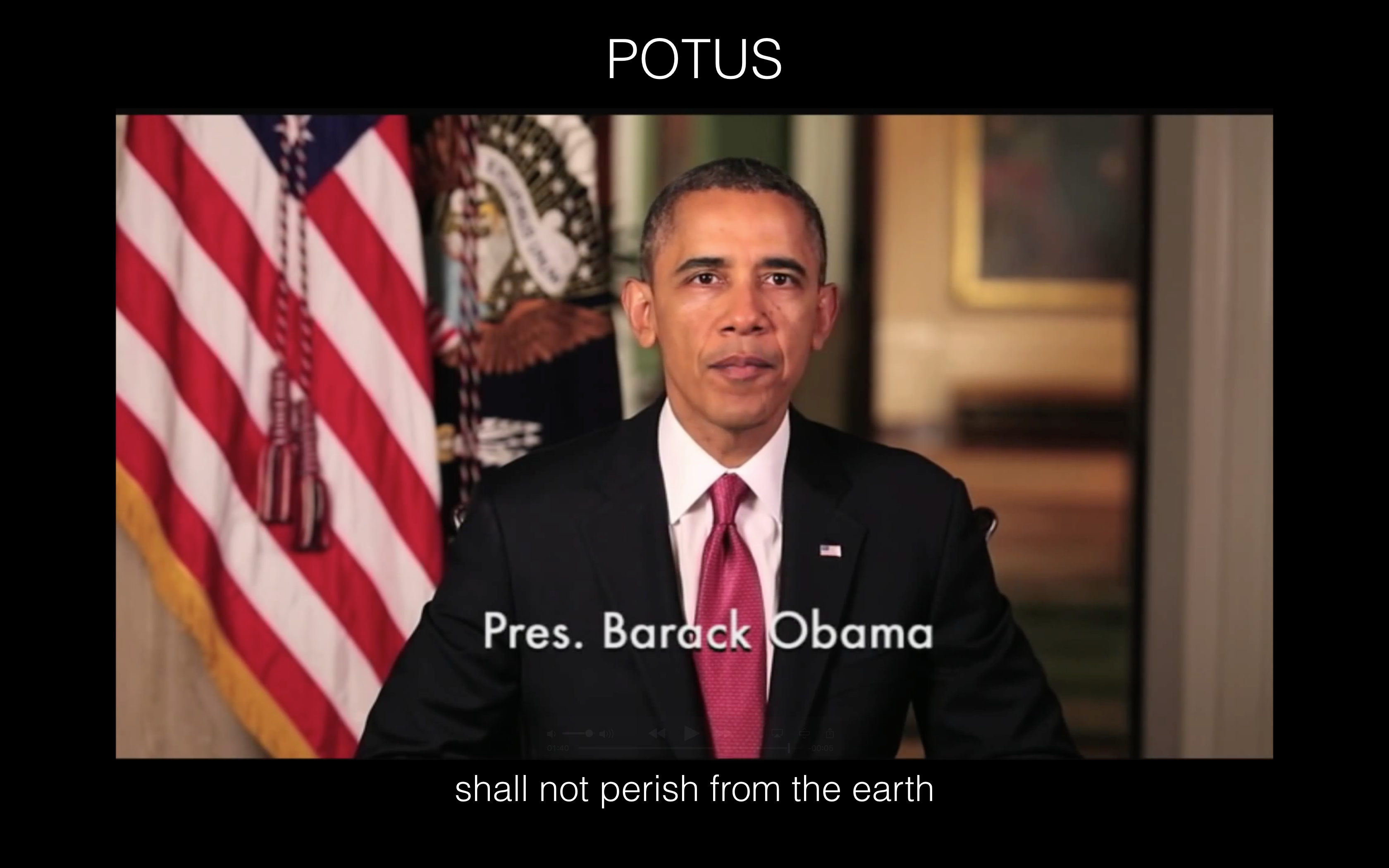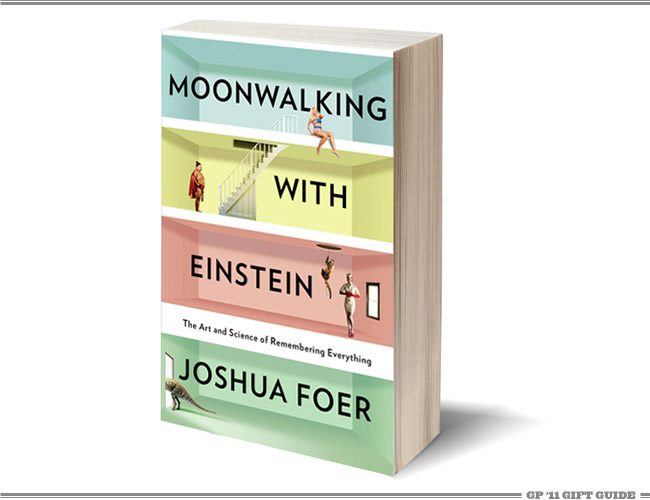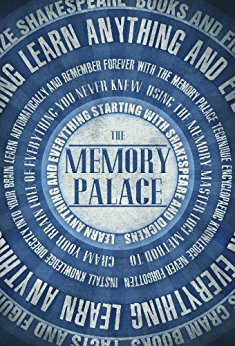A trained memory is a gift you can give yourself, your teams, and your audiences.
Learn the Gettysburg Address in 1-hour! using the Memory Palace Technique.
Few years ago I attended a memory training breakout session. The instructor challenged the attendees to remember a random list of 15 items. He asked for a volunteer to recall the list aloud. I volunteered to try. To my utter shock—and I am being neither modest nor gracious—I remembered every item correctly, in correct order. The whole room started clapping—implying that I was very smart. I certainly am not very smart. I certainly do not have a special or trained memory. This was an eye-opener for me. I do not remember remembering a 15-item list from memory ever. Yet, when I tried I could!
What I did was place each item systematically in a location of my childhood home, and create a strong visual with each item. The instructor asked how I remembered the list. I mentioned reading the book “Moonwalking with Einstein” recently, and trying out the memory palace technique by creating a route and placing images on that route. He was familiar with the book and concurred that most memory training is based on this fundamental approach.
Learn the Gettysburg Address in 1-hour! using the Memory Palace Technique.
Summary of steps
- Read the Gettysburg address repeatedly. (4 minutes)
- Watch the video 3 times. (6 minutes)
- Associate each phrase with a speaker. (10 minutes)
- Place images of speaker on an intimately familiar route. (10 minutes)
- Walk around the route, visualizing each speaker and additional associations. (20 minutes)
- Read again. Watch the video again. (5 minutes)
- Walk around the route again reciting the lines out loud from memory. (5 minutes)
By the end of this one hour, you should know the Gettysburg Address quite well and will be able to remember it for a longer time.
GOOD LUCK!
Steps in DETAIL:
Step 0:
Do the needful to bring your body & mind to a state that is “relaxed & alert”, “calm & curious” and in a zone that is “between boredom & anxiety”. Don’t bypass this step.
Step 1: minutes 0 – 4
Read the address repeatedly. Don’t try to memorize or analyze. Just read to comprehend and familiarize. It takes me about 1 minute to read it each time.
Gettysburg Address—POTUS Abraham Lincoln—November 19, 1863
Four score and seven years ago our fathers brought forth on this continent, a new nation, conceived in Liberty, and dedicated to the proposition that all men are created equal.
Now we are engaged in a great civil war, testing whether that nation, or any nation so conceived and so dedicated, can long endure. We are met on a great battle-field of that war. We have come to dedicate a portion of that field, as a final resting place for those who here gave their lives that that nation might live. It is altogether fitting and proper that we should do this.
But, in a larger sense, we can not dedicate—we can not consecrate—we can not hallow—this ground. The brave men, living and dead, who struggled here, have consecrated it, far above our poor power to add or detract. The world will little note, nor long remember what we say here, but it can never forget what they did here. It is for us the living, rather, to be dedicated here to the unfinished work which they who fought here have thus far so nobly advanced. It is rather for us to be here dedicated to the great task remaining before us—that from these honored dead we take increased devotion to that cause for which they gave the last full measure of devotion—that we here highly resolve that these dead shall not have died in vain—that this nation, under God, shall have a new birth of freedom—and that government of the people, by the people, for the people, shall not perish from the earth.
Step 2: minutes 4 – 10
Watch this 1:45 minutes video 3 times
First time focus on visuals (images) while recognizing the words.
Second time focus on subtitles and the way the speaker sounds and speaks.
Third time focus on your feelings/emotions/body sensations as the lines are being delivered.
We are creating images and maximizing associational hooks.
Step 3: minutes 10 – 20
Strongly associate each phrase of the address with the speaker. Additionally associate each phrase with the way the speaker sounds, the way the subtitles look, and the way you feel when listening to the phrase—i.e. maximize associational hooks to trigger memory. Images below will help you:
Step 4: minutes 20 – 30
Select a route you are intimately familiar with. (It could be a running or walking path. It could be you walking through your childhood home and using objects in each room, or the walls, or the corners of each room. This is the part I can least help you with. For this speech, which I know by heart, I’ve used memories of my boarding school, i.e. my childhood haunts) Place each person/image systematically on that route. Do this systematically and thoroughly.
Step 5: minutes 30 – 50
Walk around the route, visualizing each speaker and additional associations—and say the correlating phrases out loud. Return to earlier steps if needed.
Step 6: minutes 50 – 55
Read the address again. Watch the video again
Step 7: minutes 55 – 60
Walk around the route again—reciting the speech from memory.
Final Step: On completion, take a break, and do something completely different. Enjoy yourself. Next, hours later, or even days later, in your mind:
- Walk around your memory palace.
- Reflect on all you studied.
- Ask your self “Mission accomplished?”
- When the answer is yes, celebrate the small victory.
- Teaching the Gettysburg Address to it to someone else; even if only an imaginary person.
Don’t bypass this step.
GOOD LUCK!
APPENDIX: Additional Resources
A TED talk and 2 books
 For more on Memorizing, Listening and Connecting, read Chapter 15 of my book
For more on Memorizing, Listening and Connecting, read Chapter 15 of my book
Necessary Bridges: Public Speaking and Storytelling for Project Managers and Engineers.
Click here for a gift pdf version of Chapter 15.
to Review or Purchase ($9.99)
Necessary Bridges: Public Speaking & Storytelling for Project Managers and Engineers
Rashid N. Kapadia: Awards, Testimonials, & Talks
